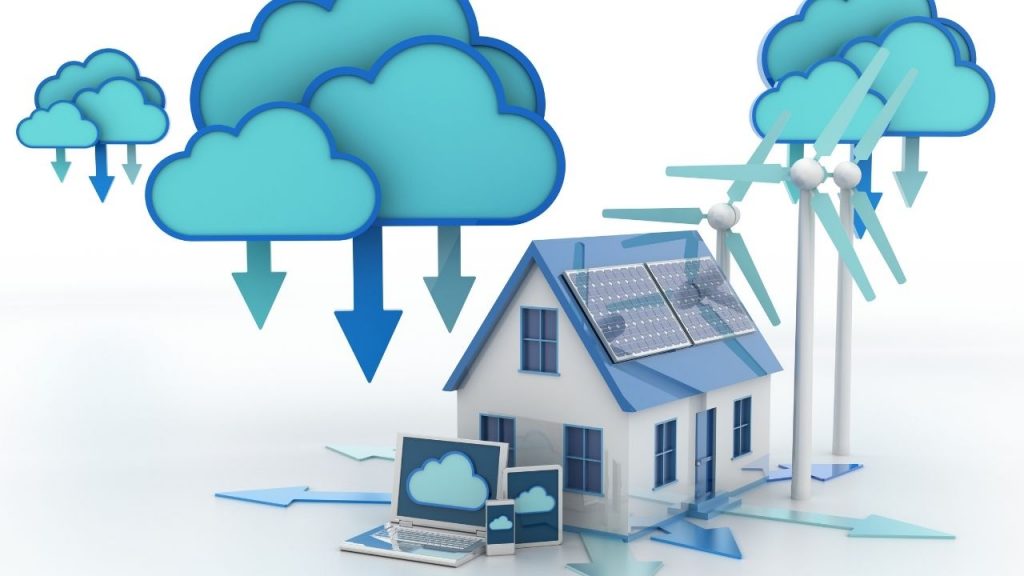When we think of the term ‘Technological environment’, the first thing that comes to our mind is the creation and invention of new techniques and methods to facilitate a given task or phenomenon.
Technology, on the other side, is a much broader term and refers to the creation, alteration, utilization, and awareness of random tools, techniques, machines, systems, and methods to finish up with a task, improving on a pre-existing solution or to offer the desired solution to a specific problem.
The creation and implementation of a sound Technological Environment can come of great help to a business concern. Besides facilitating random tasks like planning, production, distribution, and marketing, business owners can further think of introducing better techniques to enhance business productivity.
The Significance of Technological Environment in Business Domain
Technology can be classified into several categories:
- Hard Technology
- Soft Technology
For example, machinery, equipment, blueprints, and other capital goods can be deemed as hard technology. Moreover, critical business aspects like planning, organizing, marketing, management, finance, and other techniques may fall in the Soft technology category.
Regardless of the category, all these technology-based aspects play a crucial role in the growth and development of a business organization. So, an entrepreneur needs to ensure the effective implementation of these technologies by every means possible.
Conventional technology used within the production or other related business processes is majorly labor-intensive. A highly advanced technology, on the contrary, is considered as capital-intensive. Both the technologies have their specific pros and cons.
Major Components of Technological Environment in Business
Levels of Technology
Labor based Technology
Labor-based technology is referred to the implementation of techniques and methods that incorporates non-mechanical inputs while getting along a production process. In layman’s terms, more manpower is employed for a given task rather than highly advanced machines and technology.
For example, a textile firm employs 1000 workers and a single machine to produce a certain type of cloth in their production facility. The firm is herby using labor-based technology to get through with their day-to-day production activities.
Capital based technology
Capital-based technology refers to those methods and techniques where a bigger amount of capital is used to carry out a certain task or activity. The amount of capital used per unit of output here is greater than that used in labor-based technology.
For example, a firm has deployed 10 machines while investing 1 million for the production unit. If a machine now produces 100 meters of cloth per day, it still carries a higher amount of capital used per unit of output.

How Technological Environment can Impact an Organization?
The technological environment can bring on some instant impact on the functioning of a business concern. For instance, right within the initial phases of its implementation, it can :
- Make existing techniques and methods turn obsolete
- Help revitalize the business functions via enhanced productivity and cost reduction.
- Create a space for new methods and technique for organizational growth
- Help the firm to keep up with the industry standards and compliances
Transfer of Technology
Technology transfer refers to the process of importing technology from technologically advanced countries. This can be achieved via :
- Globalization of the firm
- Initiation of certain Turnkey Projects
- Trading or sale of technologically advanced equipments
- Training assistance for planning, organizing and executing the implementation of technology
- Research and Development (R & D)
How Technological Environment can Impact the Functioning of a Business?
Technology stays as the lifeline of any successful business in the modern era. Moreover, with the pandemic situation creating havoc across every business domain recently, technology came as a lifesaver.
While most of the businesses stayed shut, the ones involving advanced technological methods thrived. This, more or less confirms the significance of a sound technological environment across any business module.
Discussing the positive and negative impact of introducing technological environment in business, we can list down the following.
Positive Effects
- Enhanced productivity
- Competitive edge
- Innovation
- Greater return on investment
- Customer satisfaction
Negative Effects
- Higher capital investment
- Frequent switch of technologies
- Increased maintenance cost
- Major need of skilled manpower
Significance of Technology in Environmental Science
Technology has played a key role in shaping the society, economy, and environment around us. Although it did also create some major environmental and social issues, it further proved critical in managing most of those challenges.
For example, highly advanced refrigerators and air conditioners lay a negative impact on the environment. Yet, we get to use some innovative technologies to treat the waste in the bigger interest of the ecological system.
Yet, it all depends on how adaptable mankind is towards the implementation of all such technologies. The technological world is ever-evolving and sooner or later, good technology is going to replace existing inferior technology.
Development of a certain technology, along with its deployment, transmission, and dispersion, comes over as a complicated process. Hence, a sound and innovative technological environment need to match steps with the desired progress goals, along with any ecological, socio-economic, and cultural priorities.
So, it’s not just about the introduction of these technologies and more about their effective implementation.

Impact of Technology in Agriculture, Biofuels and Energy
Technology has played a handy role in boosting the agricultural sector over the past decades. Right from the introduction of highly innovative irrigation techniques to the usage of mechanical thrashers for crop harvesting, it has proved to be decisive at every step.
Besides, the introduction of biotechnology in this domain has helped in the production of crops which even during odd climatic situations. Quite recently, scientists have invented a technique that has resulted in the production of vitamin A-enriched golden rice.
Moreover, these scientists, along with a team of agricultural experts, are further working on creating varieties of rice that are highly resistant to flooding. With Global warming creating havoc across almost every part of the globe, this technological environment will help our farmers in coping up with the situation.
According to a recent statement by the European Union heads, the authorities there are planning to support research that studies the development of a drought-tolerant cereal. So, if that goes through as per planning, millions of farmers can take a big sigh of relief.
Natural calamities like drought, floods, and wildfires are some of the biggest issues that our farmers have to deal with.
Evolution of Green Cars
Among the technologies that work with an aim to save the environment, electric cars and biofuels have a special mention. With the evolution of “green cars”, this approach has found a big boost altogether.
Yet, when we talk about green cars, the concept doesn’t stay limited to the electric types only. It further incorporates vehicles that consume less fuel to cover up the same distance. This can prove to be really helpful in pushing the technological environment around the world around.
As we discuss the better alternatives to conventional vehicles, renewable energy holds the key. This includes biofuels that are created out of the biomass of living organisms or their waste. If we succeed in switching them with the existing fossil fuels, it can come up as a big push towards the common aim of saving the planet earth.
Introduction of Biotechnology
Biofuel production is a phenomenon that facilitates the utilization of biotechnology for environmental purposes. That said, there are more such technological innovations that have proved their worth in a similar direction.
Certain environmental disasters have pushed scientists and researchers to look for ground-breaking technologies to deal with such crisis situations. For example, the recent mess created by the sinking of Prestige and other ships has led to the invention of a process known as bioremediation.
The process incorporates bacteria or fungi to cleanse the wastewater from cities. The arrival of such alternatives has proved the fact that “living” technology will play a key role in sustainable development.
As we talk about sustainability, we should not write off the importance of investing in new materials. There are certain biomaterials that hold the capacity to “store” carbon dioxide. This way, they can help to reduce the greenhouse effect and global warming to great extent.
Other key innovations like banana blades, crafted for construction purpose, reduce the number of toxic compounds like asbestos, that is associated to increased risks of cancer in humans.
The technological environment will have its say in reducing the impact of global warming, greenhouse effect, effective adaptation to climate change, and decontamination of coastal areas.The above-mentioned technological environment examples point towards the fact that science and technology must gear up together to cope up with future challenges. That stays as the only way to ensure a socio-economically sound future that doesn’t lay any negative impacts on the environment
Conclusion
There is no doubt towards the fact that no technological environment can fully replace ‘nature’s technology. That stood as a technology that has gained perfection over hundreds and millions of years.
A dynamic, varied natural world and a firm climate have always been the key to the survival of our civilization and will keep on being so in the future. Yet, with new innovations joining hands with environmentally friendly techniques, mankind can hope for better and brighter things in the coming future.


